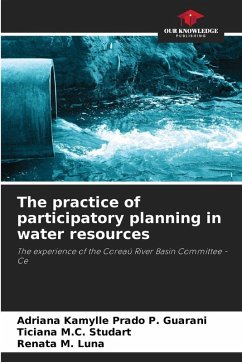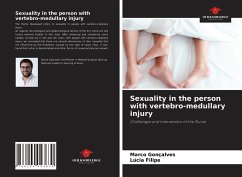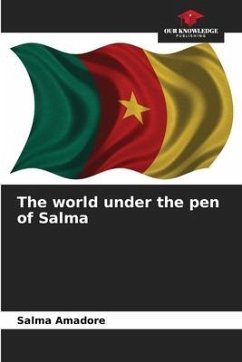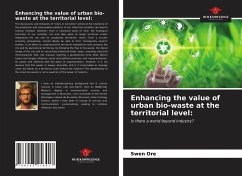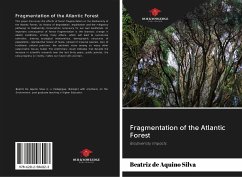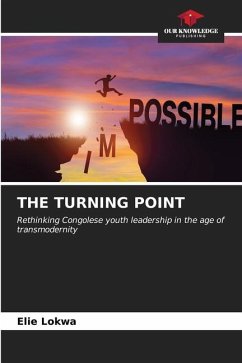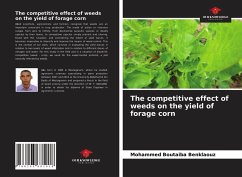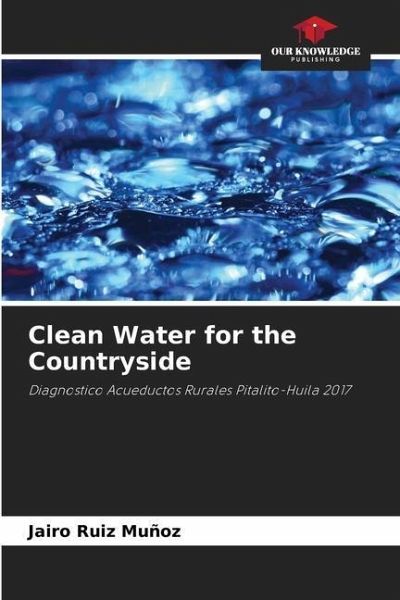
Clean Water for the Countryside
Diagnostico Acueductos Rurales Pitalito-Huila 2017
Versandkostenfrei!
Versandfertig in 6-10 Tagen
27,99 €
inkl. MwSt.

PAYBACK Punkte
14 °P sammeln!
For many researchers, such as Fernando Millares, Consultant for Water and Sanitation at the IDB, the issue of the water crisis is "scarcity in the midst of abundance", which is typical in our region according to the indices found. According to Millares, global water is 97.5% salt water, which we practically do not use, and only 2.5% is fresh water. However, of that 2.5%, 1.7% is tied up in ice and glaciers at the global level and another 0.7% is in the subsoil, which we use very little. That is to say that all the water that exists at surface level, imagine the great rivers: the Amazon River, ...
For many researchers, such as Fernando Millares, Consultant for Water and Sanitation at the IDB, the issue of the water crisis is "scarcity in the midst of abundance", which is typical in our region according to the indices found. According to Millares, global water is 97.5% salt water, which we practically do not use, and only 2.5% is fresh water. However, of that 2.5%, 1.7% is tied up in ice and glaciers at the global level and another 0.7% is in the subsoil, which we use very little. That is to say that all the water that exists at surface level, imagine the great rivers: the Amazon River, the Nile River, represent only 0.1% of the water at global level. If you take that 0.1% of global water, it translates to about 10 million cubic kilometres of water. If you take the world's population, about seven billion people, and an average use, per person, of about a thousand litres per person per day, that amount of water, even if it seems small at the global level, means that we have water to use for more than ten thousand years.



